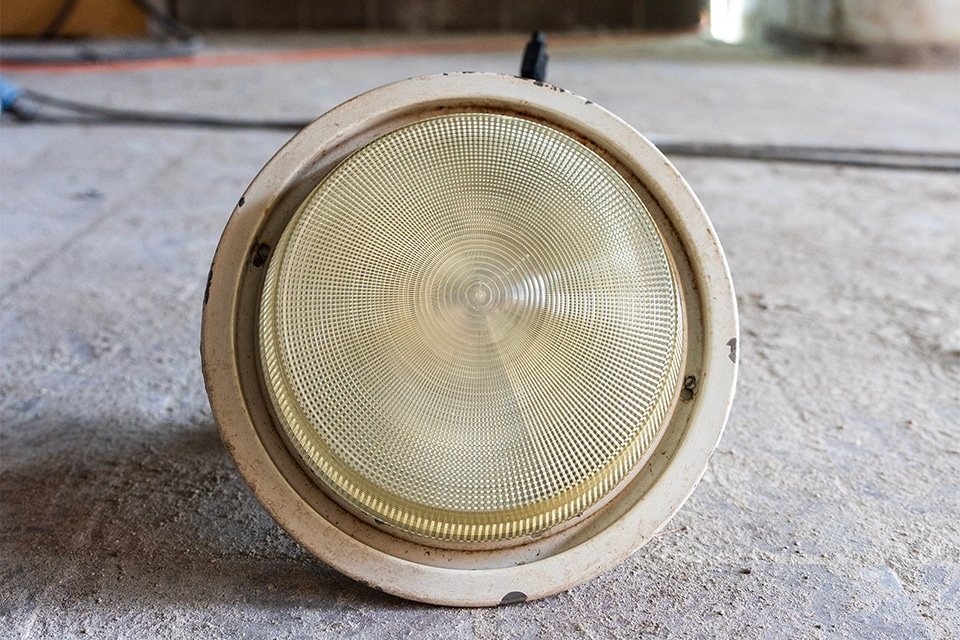
Risk management helps prevent harm
Storm: cause of damage one for monuments
Owners and managers should be aware of storm risk. What measures should be taken to prevent damage - and thus premium increases - in the future? Insurers note that damage to buildings from storms and extreme precipitation is on the rise; it is even the number one cause of damage to monuments. They speak of storm when KNMI indicates at least wind force seven (14 meters per second). Then dangerous situations can arise, such as trees blowing over or roof tiles coming loose. The total loss burden on fire insurance policies as a result of a single event shows that the ten largest claims events involve a non-weather-related cause only once. The five largest are directly related to storms (see box).
Storm damage prevention
A listed building is often characterized by unusual parts and structures. Check these after a rainstorm. On a flat roof, rainwater can remain on the roof due to a clogged drain, for example, which can lead to leaks. Also, check a tile roof carefully after a storm. If roof tiles shift, leakage can occur. Periodically cleaning gutters prevents blockage from leaves, for example. Also take good care of your trees and plants. Have them inspected regularly by an expert landscaper. Wood rot, for example, can cause trees and plants to come loose during storms and damage a property considerably.

Image: Matt Ragen.
Risk Management
If storm damage does occur, it is advisable not to deal with it immediately yourself. Document the damage first. For example, take photos or a video. Of course it is important to take emergency measures as soon as possible to prevent further damage.
Developing risk awareness regarding storms is very important. Therefore, be well informed by your insurance advisor, as risk management is a must. The risk, the probability of damage, can usually be clearly identified. But the impact because of the extent of the damage can unfortunately not be predicted. Finally, the question: as the owner/manager of a monument, do you want to bear the risks of damage yourself? Or do you want to transfer them to an insurer at a fixed price (premium)? To the last question, an insurer will always advise, "Yes, obviously for risks that can have a major impact." Owners and heritage managers would do well to discuss this with their advisor. Through special constructions (coverage) and/or the use of a voluntary deductible, you can influence the amount of premium to be paid and balance the risk with current financial possibilities.
Drs. D. (Dennis) Spaen
Senior Advisor Relations Donatus, the churches and monuments insurer

Image: heeze24.
Largest damage events Netherlands 2000-2018
(x 1.000.000)
- June 23, 2016 (storm and hail) 500
- Jan. 18, 2007 Kyrill (storm) 171
- October 28, 2013 Christian (storm) 110
- Jan. 18, 2018 (storm) 90
- Oct. 27, 2002 (storm) 75
- July 28, 2014 (rain) 73
- May 13, 2000 (fireworks disaster) 66
- Aug. 31, 2015 (hail and rain) 46
- March 31, 2015 (storm) 33
- May 26, 2009 (severe weather, rain, thunderstorms, hail) 32



